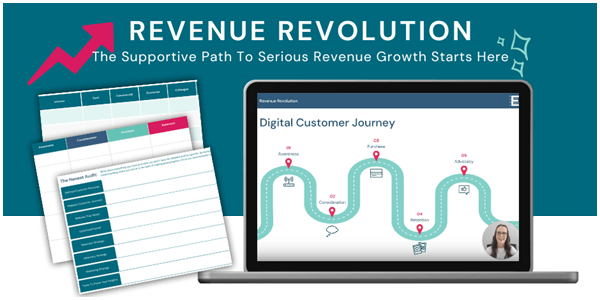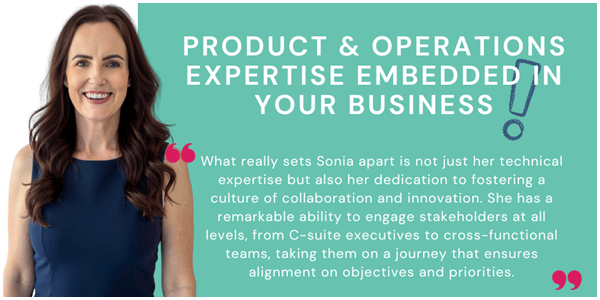5 Product Traps That Don't Deliver Value & What To Do Instead
Nov 21, 2025
In the world of digital product development, teams often look incredibly active. Roadmaps are polished, backlogs are stacked, dashboards are glowing and lots of discovery work is happening. On the surface, everything looks busy, structured and productive.
But looking productive and being productive are not the same thing.
After years of working with product, engineering and delivery teams across ecommerce and digital organisations, I’ve seen the same patterns repeat time and again. Certain practices look impressive, they create the appearance of momentum, yet they fail to deliver genuine value for customers, the business or the team itself.
Why does this happen? Because motion is easy to manufacture. Progress requires intent, clarity and alignment on delivering value.
This article explores five common traps teams fall into, why they’re so tempting and what to do instead to become high performing teams. If you're responsible for building digital products, delivery teams or ecommerce experiences, these insights can help you refocus your efforts on what truly drives value.
1. Beautiful Roadmaps That Deliver Dates
A roadmap filled with precise dates and colour-coded certainty can look incredibly professional. It's neat, digestible and gives stakeholders a sense of control. But if your roadmap only communicates delivery timelines, you’re missing the most important element: the value you intend to create.
Date-obsession pushes teams into output thinking. Features become promises rather than solutions and delivery becomes a race to meet deadlines instead of solving real problems. When timelines shift, as they often can do, trust erodes and teams scramble rather than reflect.
What to do instead:
Build outcome-driven roadmaps - Make the “why” every bit as visible as the “when.” Communicate the change you’re trying to create in user behaviour, customer experience or business performance. Timelines support progress, they don’t define it.
When teams understand the impact behind the work, their decision-making strengthens, their autonomy grows and the roadmap becomes a dynamic tool instead of a rigid schedule.
2. Discovery Work That Appears Only At The End
Many teams work incredibly hard on discovery, gathering insights, validating ideas and assessing customer needs but they present all of this thinking in one huge reveal at the end. While the content may be strong, the delivery is overwhelming. A large, dense pack of research is difficult to digest and stakeholders struggle to connect with insights they didn’t experience being formed.
Discovery is rarely the problem, visibility is. Teams feel they’re doing the work but because they share it late and in bulk, they lose the opportunity to influence thinking throughout the process.
What to do instead:
Share insights early, regularly and succinctly to bring people along as you learn. Short weekly updates or bi-weekly walk-throughs keep everyone aligned with the emerging picture.
Discovery becomes collaborative, not performative. And when teams feel part of the journey, their commitment and understanding deepen significantly.
3. Backlogs That Grow Instead Of Guide
Long backlogs give the illusion of creativity and ambition. “Look how many ideas we have!” But a backlog with hundreds of items is not a sign of innovation, it’s a sign of indecision and lack of focus.
Most items will never be built. Many shouldn't be. A bloated backlog becomes noise, making it almost impossible for teams to understand what truly matters. Instead of providing clarity, it becomes a dumping ground that slows decision-making.
What to do instead:
Treat your backlog as a living decision-making tool. Keep it tight, curated and strategically aligned. Archive aggressively and prioritise wisely. Focus on the few things that will make the greatest impact right now.
A clear backlog gives teams focus. A cluttered backlog gives teams confusion.
4. Perfect Ceremonies Without Real Progress
It’s possible to run flawless Agile ceremonies - daily stand-ups, retros, planning sessions, refinements - and still deliver almost no meaningful outcomes. Teams often equate ritual with effectiveness, assuming that if the ceremonies are happening “properly,” the delivery process must be healthy.
But rituals don’t guarantee progression, they only support it. Ceremonies become performative when they’re done out of obligation rather than purpose. They take time without adding value.
What to do instead:
Measure success through outcomes, not rituals. If a ceremony isn’t driving alignment, learning or momentum, reshape it or remove it. Put the focus on flow, impact and problem-solving, not the meeting schedule.
Agile isn’t about sticking to a script. It’s about continuous improvement, clarity and adaptability.
5. Shiny Dashboards With No Habits Behind Them
Dashboards are beautiful with crisp visuals, clean filters and real-time metrics all presented in a way that looks sophisticated and data-driven. But a dashboard is only as valuable as the habits that surround it.
Without regular rituals to review the data, discuss insights and turn metrics into decisions, even the most impressive dashboards become nothing more than background decoration. Data isn’t the problem. Behaviour is.
What to do instead:
Define the decisions that matter and build metrics around them. Create simple weekly or daily habits to review data as a team and keep the conversation focused on action, not admiration.
Dashboards should help teams make smarter choices, not serve as digital wallpaper.
Where Real Value Actually Comes From
Great product work is never about looking busy. It’s about creating meaningful change centred around delivering value.
Value comes from learning, focus and aligning teams around meaningful outcomes.
When teams understand the purpose behind their work, when insights are shared openly, when backlogs are manageable, when process supports progress and when data shapes decisions, everything flows more effectively.
This is what creates high performing product teams.
Bringing Outcome-Focused Leadership Into Your Teams
This way of working doesn’t just appear by accident. It requires leadership that can:
-
ground teams in clarity of purpose
-
build focus and momentum
-
align product, engineering and delivery
-
drive learning, decision-making and continuous improvement
-
champion outcomes over outputs at every level from strategic decision making to daily task execution
If your team is stuck in motion and needs help establishing progress that delivers real value, this is exactly where I support organisations with my Product & Delivery Leadership Consulting at Your Ecom Expert.
If you want to shift your teams from looking busy to delivering meaningful outcomes, I’d love to help.







